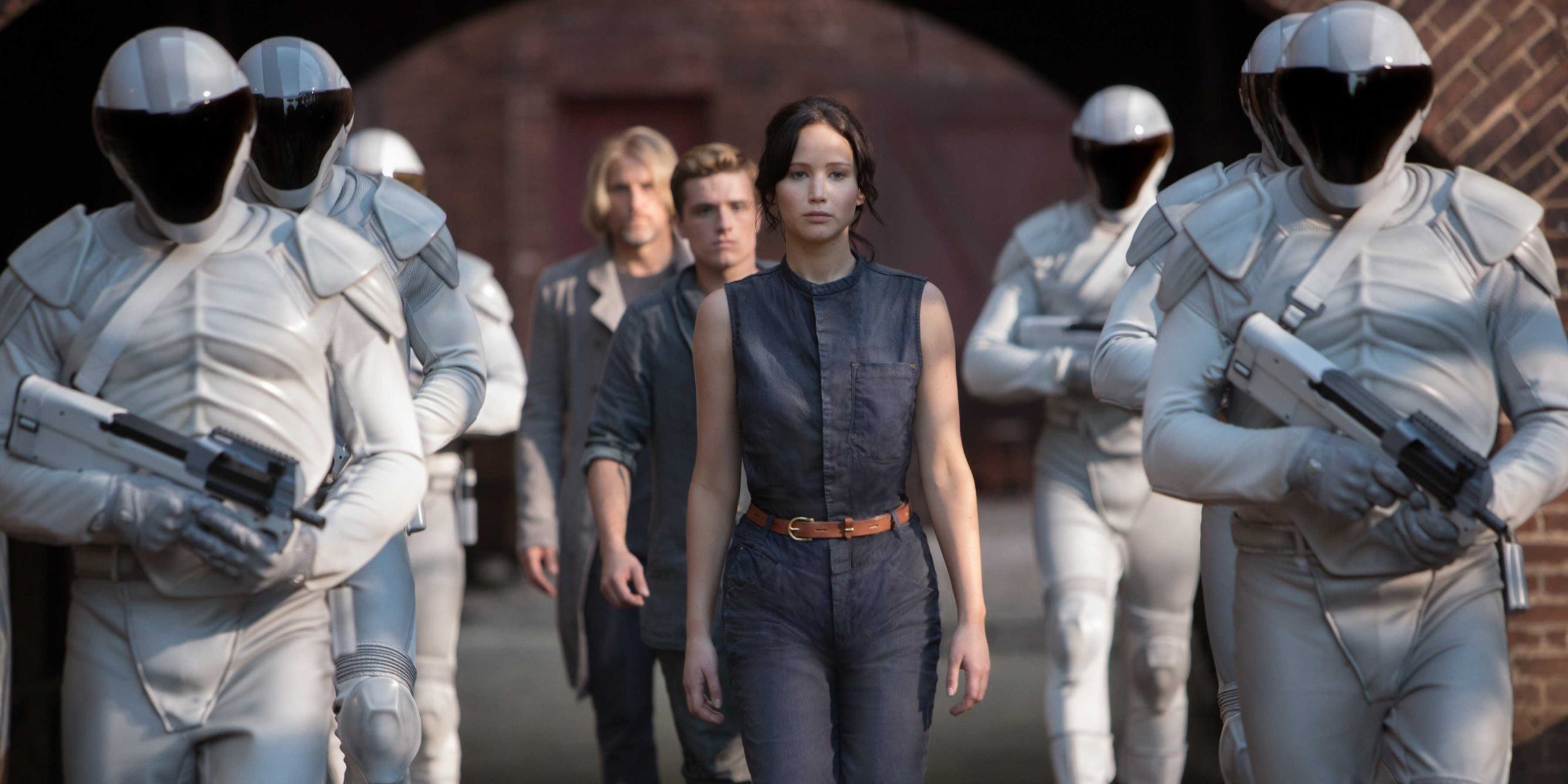Table of Contents Show
As I packed up my college dorm this March, I was advised not to leave behind anything that I needed or anything that I wouldn’t want other people to find. I was pretty much in shock. The coronavirus pandemic has really been the first experience in my life where something so much bigger than myself has dramatically affected my day-to-day life. A feeling of unfamiliarity with the world around me settled in, and the only way I could even come close to understanding the severity and the universality of this pandemic was to compare the situation to the worlds of dystopian novels.
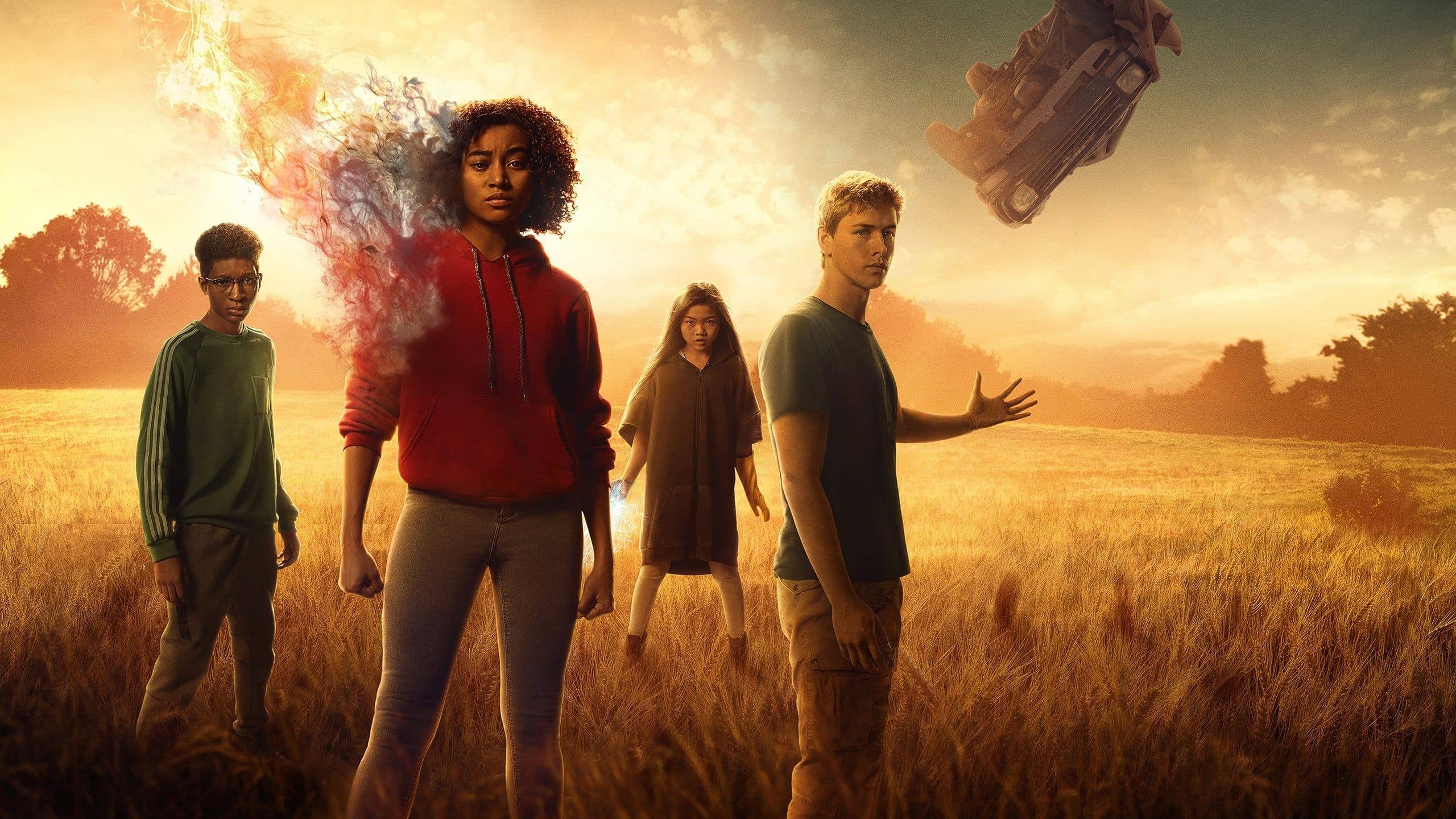
I went through a phase of reading dozens of dystopian novels a month in middle school. I think we all did, at the peak of The Hunger Games craze. These fictional stories, often depicting teens trapped in the fallout of some sort of plague or natural disaster or political uprising, seemed eerily similar to the new reality I was facing. I couldn’t help but imagine our society’s potential downfall into dystopia. It became a joke, but also a real question: if I don’t pack up all of my things, will some apocalyptic children come along in a few years and uncover all of my abandoned belongings?
In some ways, dystopian fiction indeed helped me to prepare for 2020. Each book is like a case study in how to react when the world as we know it starts to fall apart. The protagonists in these stories typically find a way to rise above their circumstances by pursuing radical change and igniting their survivalist instincts. But in other regards, these novels have also given me false expectations and perhaps have romanticized serious issues and tragedies.
Plagues
Although I’ve read non-fiction books, such as Fever, 1793, that concern themselves with other historic plagues and illnesses, the mystery and medical unknowns of the coronavirus leads me to associate it moreso with wild dystopian plagues than any real viruses. Many dystopian societies in novels have been formed following a mass plague. For example, the world of The Maze Runner deals with a society in which government organizations released the Flare virus as a way to start population control.
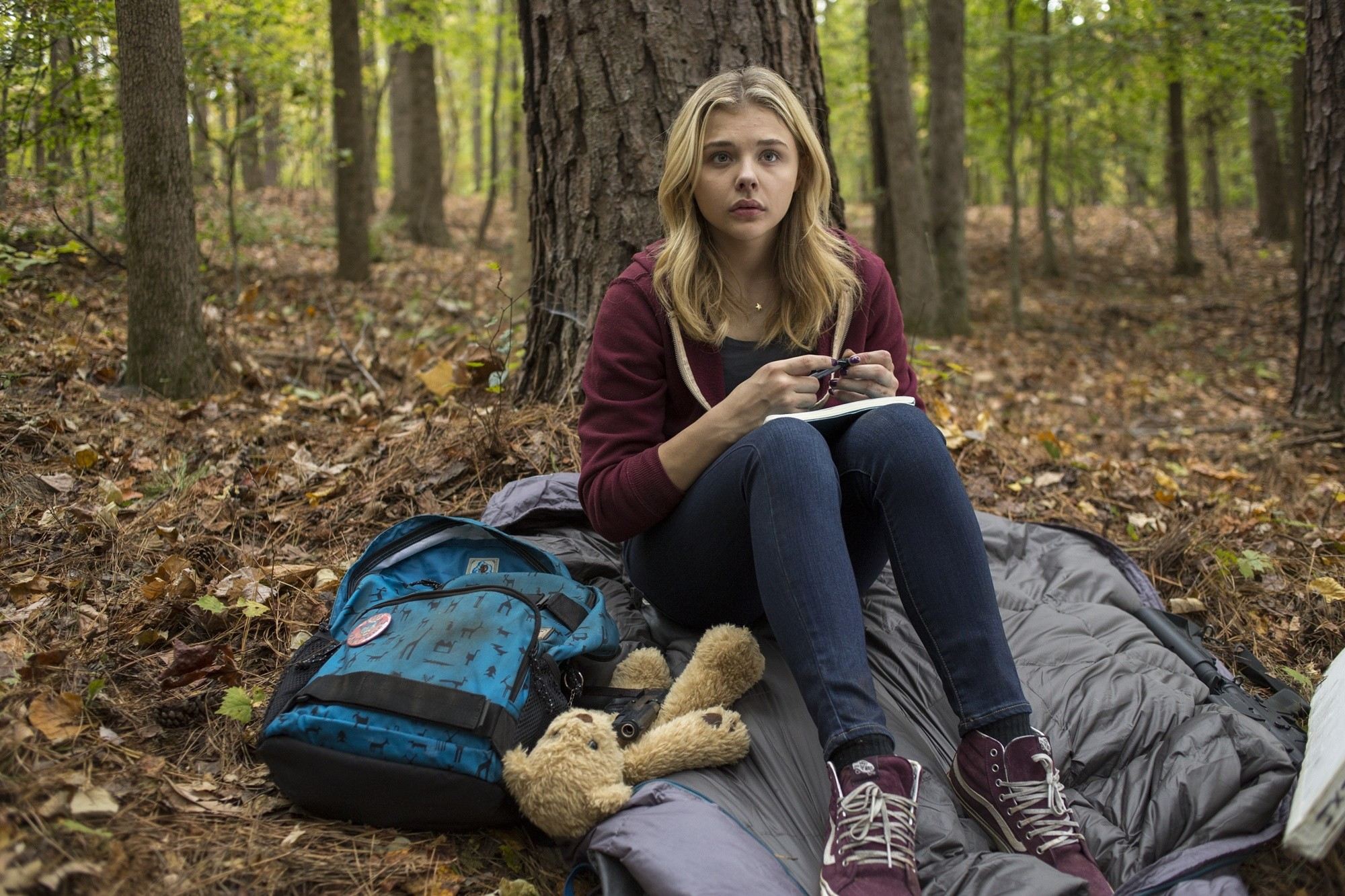
However, once the virus is unleashed, it becomes impossible to control, and the organization WICKED is founded in the hopes of finding a cure. WICKED tries to do experiments on teenagers, some immune and some not immune, and places them in life-threatening “trials” for their research. Although there’s a lot of research to be done regarding immunity and a cure for the coronavirus, healthy young people have often been speculated to be of a lower fatality rate or “lower risk.” Although the world of The Maze Runner seemed insane upon my first read a few years ago, now it doesn’t seem too far off.
Other dystopian novels utilize aliens and other science fiction elements to craft highly paranormal illnesses. The Host, for example, depicts a society taken over by parasitic aliens called “Souls.” Similarly, the world of The Fifth Wave undergoes a series of attacks by aliens, including an Ebola-like plague. Although these alien-inflicted diseases seem outlandish, the ways in which both novels handle contagion is eerily relevant to our current reality.

They prompted me, years ago, to imagine what it would be like to see the face of someone I love and to feel wary of being close to or trusting them. So while the coronavirus’s origin is definitely not extraterrestrial, the paranoia that compels me to wash my hands and hole up in my room perpetually is something that these protagonists definitely have to deal with as well.
Disease
Another illness-born dystopia is that of The Darkest Minds by Alexandra Bracken. In this world, a mysterious disease called Idiopathic Adolescent Acute Neurodegeneration kills most children and teens. The only young survivors are found to have supernatural powers, such as telekinesis and the ability to start fires. Terrified of these powers, adults and the government put the remaining children in captivity, and runaways are hunted down.
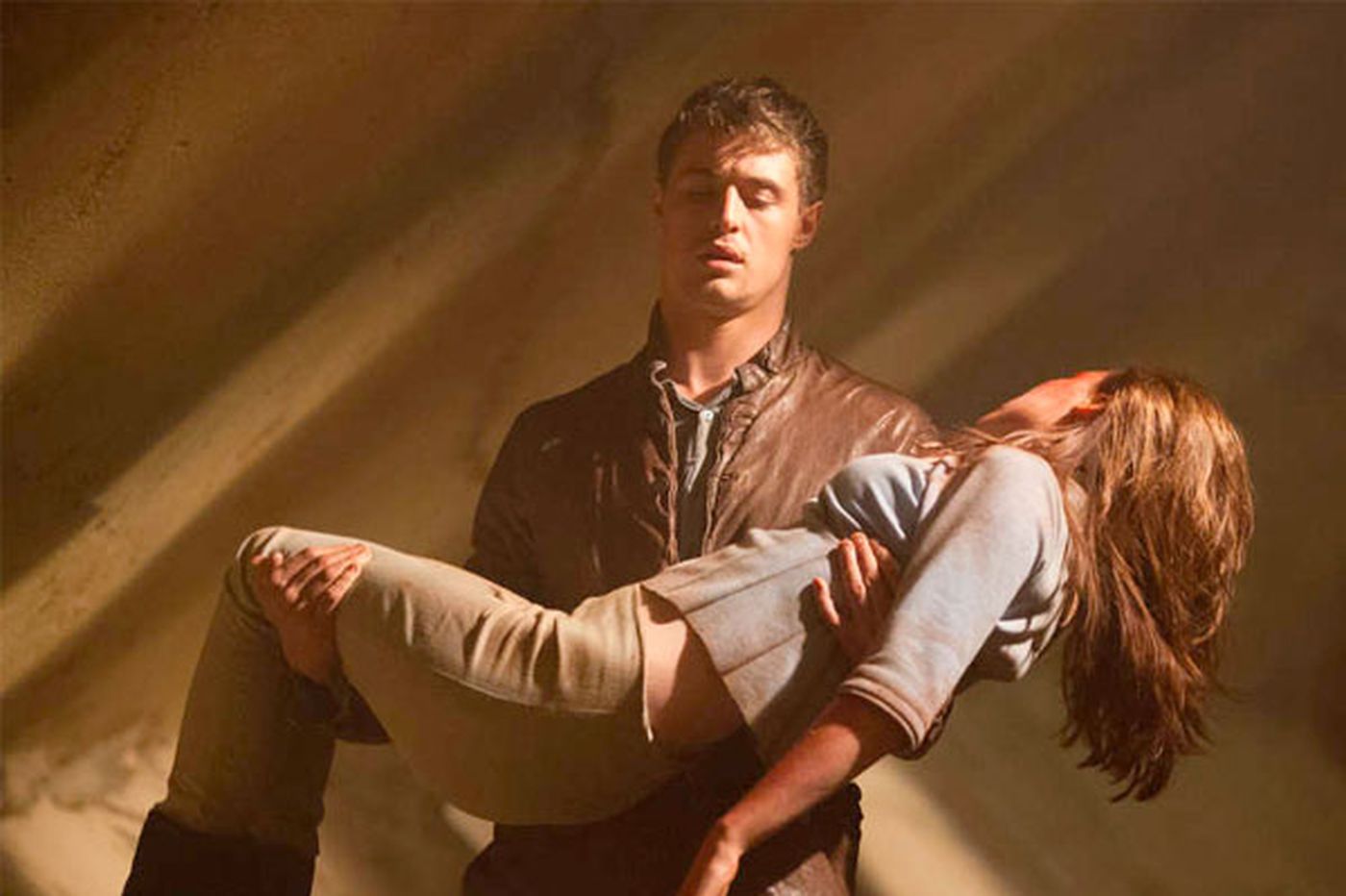
While these powerful children, whom Bracken’s series focuses on, are not infected with the disease, the stigma surrounding their mysterious new powers sort of reminds me of our own society’s stigma around those infected with the coronavirus. Although contact tracing has improved the situation, coronavirus patients often express a feeling of guilt at having exposed others.
Similarly, the Delirium series depicts a world in which love is a literal disease with a surgical cure that everyone is expected to take. A stigma surrounding love and romance permeates society, and those who do not take the cure become outcasts. Many of the characters of The Darkest Minds and Delirium, among others, confront similar feelings of abandonment and letting down others due to their condition but have to learn to stand up for themselves in the face of stigma, societal apathy, and fear.
In both societies, just like in ours, people develop a fear of getting close to others literally and emotionally. Seeing how fear affects these fictional worlds, I’m reminded that even though it’s valid to be scared of getting sick, it’s important to continue to practice empathy with those affected or exposed.
“Mad” Scientists
Scientists often play a key role in dystopian fiction. Usually driven “mad” or “insane” by their wild ideas, dystopian scientists – either accidentally or in an act of pure evil – more often than not create problems rather than solve them.
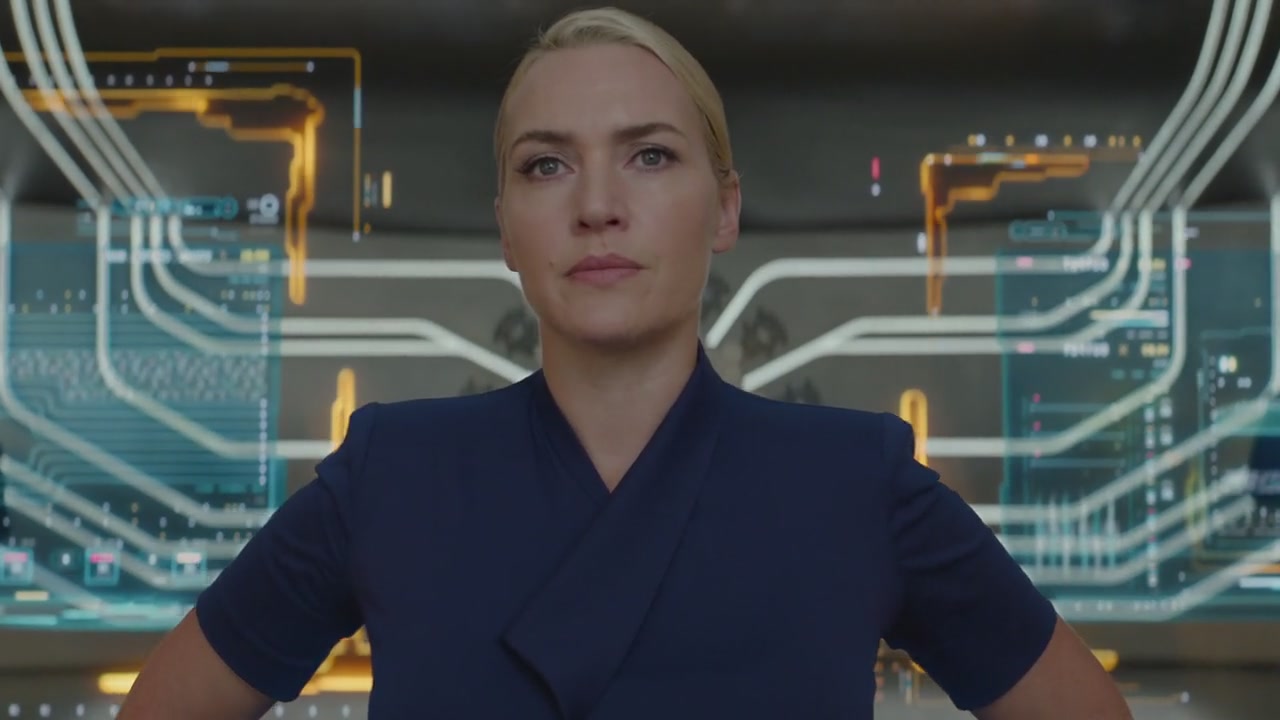
For example, in the Divergent novels, the world is torn apart after a well-meaning scientist discovered a way to manipulate and improve certain human traits like intelligence by using genetics. Throughout the series, other evil scientists and corrupt government officials, such as the villainous Jeanine, use science to suppress the truth, kill, and manipulate others. Similarly, other novels incorporate this archetype – The Partials, The Legend series, The Umbrella Academy, to name a few. Famously, the character trope is epitomized by Dr. Frankenstein in Mary Shelley’s novel.
But Dr. Fauci, the face of America’s response to the coronavirus pandemic, couldn’t be farther from this evil archetype. Known for championing the truth, the immunologist is one of the country’s most beloved medical figures. By urging Americans to exercise caution and wear masks, Fauci’s credible advice has humanized and made it easier to trust and listen to the latest research findings on the virus.
Big Brother Is Watching You
If you’ve seen The Social Dilemma on Netflix or gone week throughout this year solely interacting with friends and family through the internet, you’ve probably given a few thoughts to the idea of surveillance and privacy. In an age where it’s normal to “drop a location” and document your every move, it feels like we are getting closer and closer to being surveilled. Loss of privacy is often a theme in dystopian literature. Famously, Orwell’s 1984 depicts a society dominated by the ever-looming, always watching Big Brother. Additionally, the characters within this society are oppressed into not thinking for themselves – “thoughtcrime” or acting out of line.
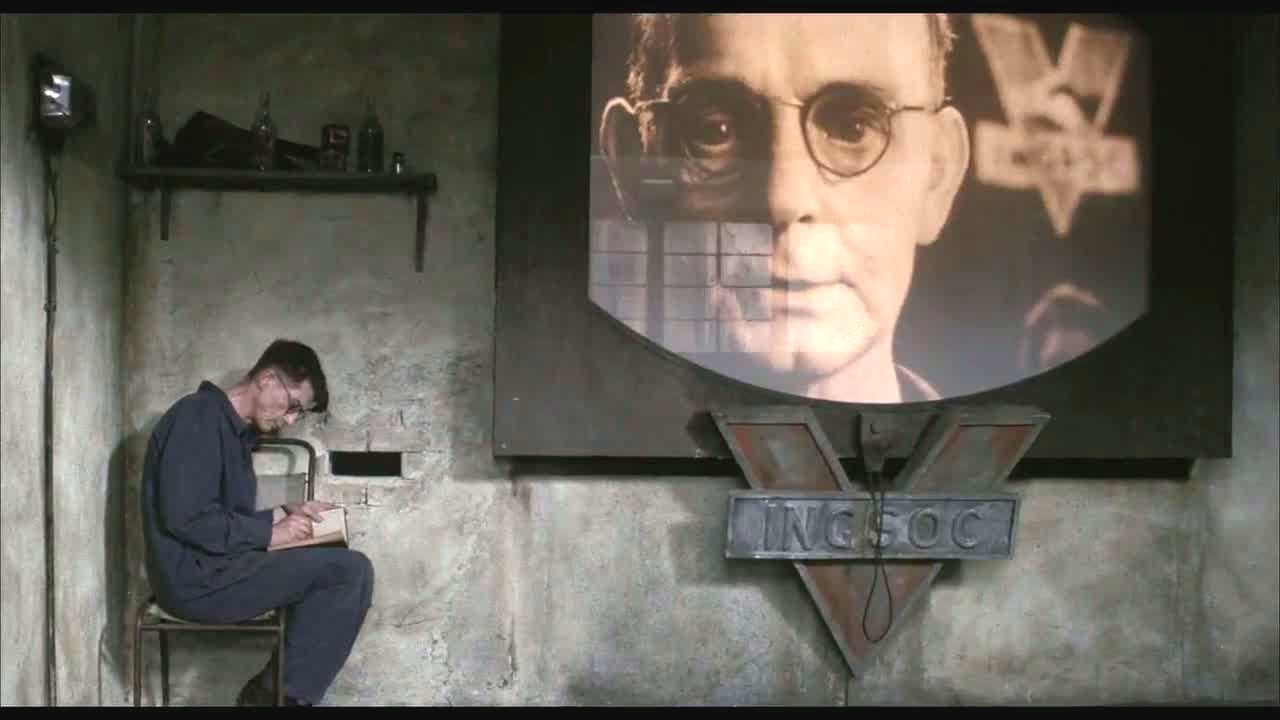
In more recent dystopian fiction, characters are also tracked and surveilled. In The Hunger Games, huge flying drones and tracker jackers provide examples of how citizens are monitored and suppressed into obedience. Similarly, the last Divergent novel Allegiant reveals that the series’s main characters have been in a monitored simulation the entire time.
We aren’t in a simulation in 2020, but still, we live in a world in which big tech companies reserve the right to track and monetize our every move. Especially since the pandemic has forced so much of our interpersonal interactions to occur online, it’s become more and more challenging to maintain boundaries with the internet. Although dystopian novels sometimes seem extreme when covering this theme, they’ve helped me see the importance of privacy and time offline.
Fateful Natural Disasters
Although I have been lucky enough not to witness the California wildfires myself, the climate crisis and significant environmental issues our world faces seem more pressing than ever after seeing California’s videos on fire. Seeing the effects of environmental ruin and natural disasters in fiction has played a role in my own fear for our world’s future.
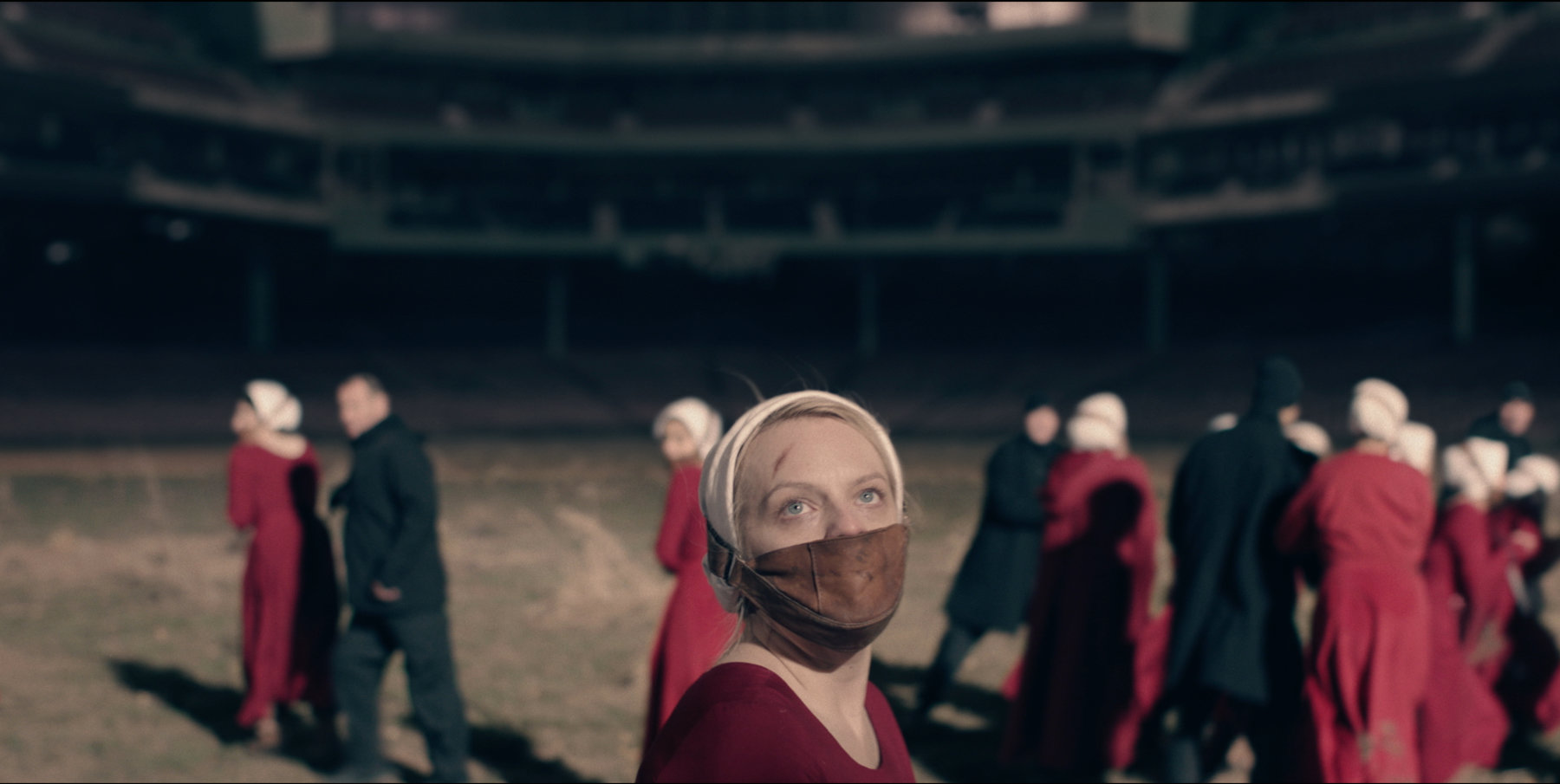
The Handmaid’s Tale famously occurs after a devastating earthquake and pollution. The 100 details the return of humans to earth following a catastrophic thermonuclear apocalypse. And Ray Bradbury’s short stories often depict scenarios in which humans are forced to leave Earth behind.
The dramatic yet disturbingly possible crises in these books have definitely helped me understand the immensity of Earth’s own environmental crisis. Seeing the ways disaster can uproot the entire human race in these stories has helped motivate me to take my own actions towards climate change. After all, Ray Bradbury is quoted as saying, “I was not predicting the future, I was trying to prevent it,” of his works. Fiction can be a powerful tool for inspiring change.
Robots, Flying Cars, And Other Crazy Technology
Dystopian worlds often show how futuristic technology is used to both aid and to hurt society. Logging into Zoom is a routine now, but sometimes I still feel like I’m living in the Disney movie Wall-E. As most of us have been in self-isolation and quarantine for so long, it’s interesting to consider how streaming services, video chatting, and even virtual reality have helped us cope with being cooped inside and being lonely.
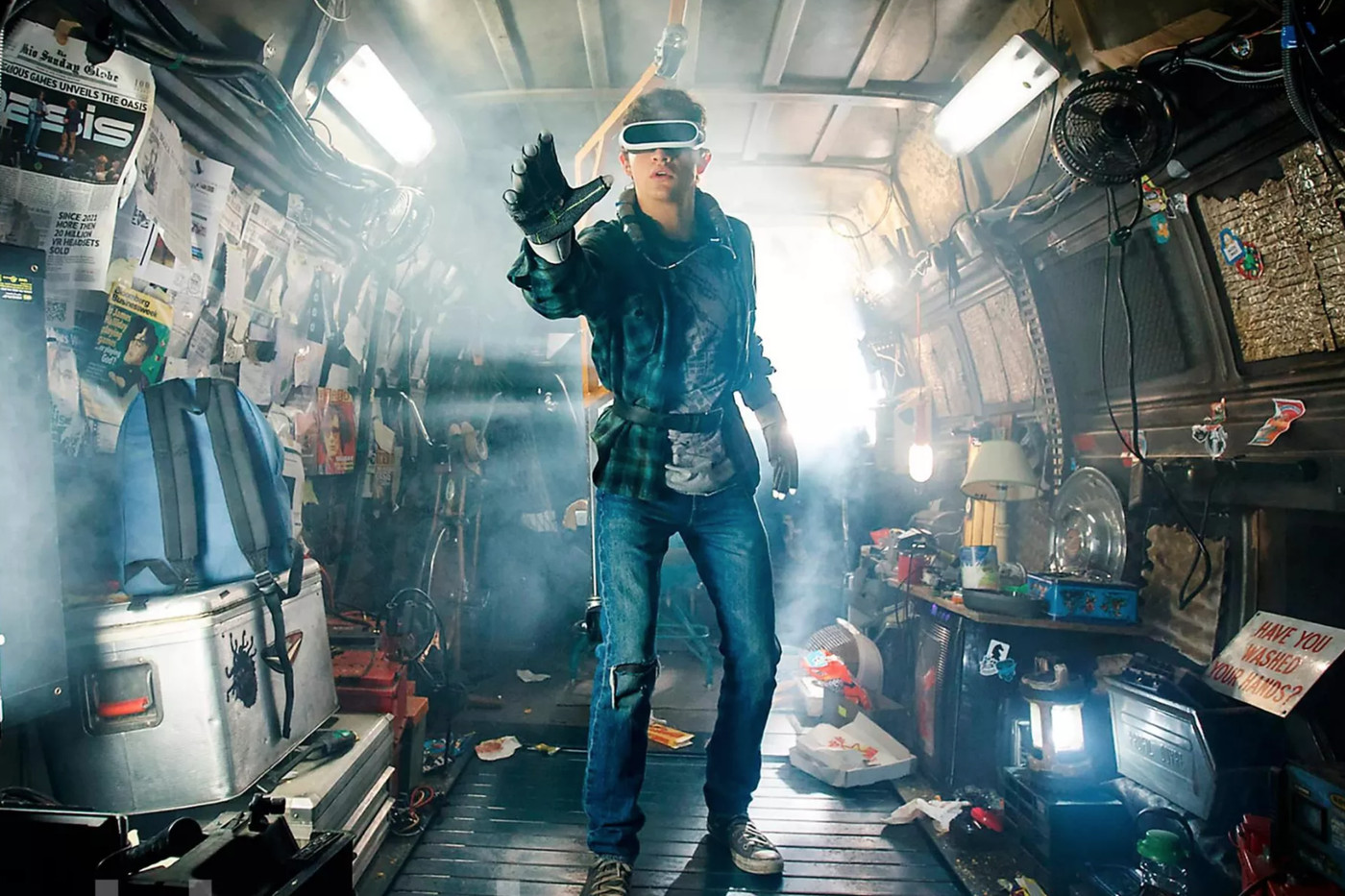
Ready Player One, a novel by Ernest Cline, depicts a world in which people use gaming as a means to indefinitely escape reality, for example.
Uprisings
Of course, in a dystopian society, there is always some sort of sociopolitical unrest. In light of international outcries for racial justice following the death of George Floyd, as well as a heightened sense of political consciousness in a highly-anticipated election year, themes of protest seem more relatable to fiction than ever.
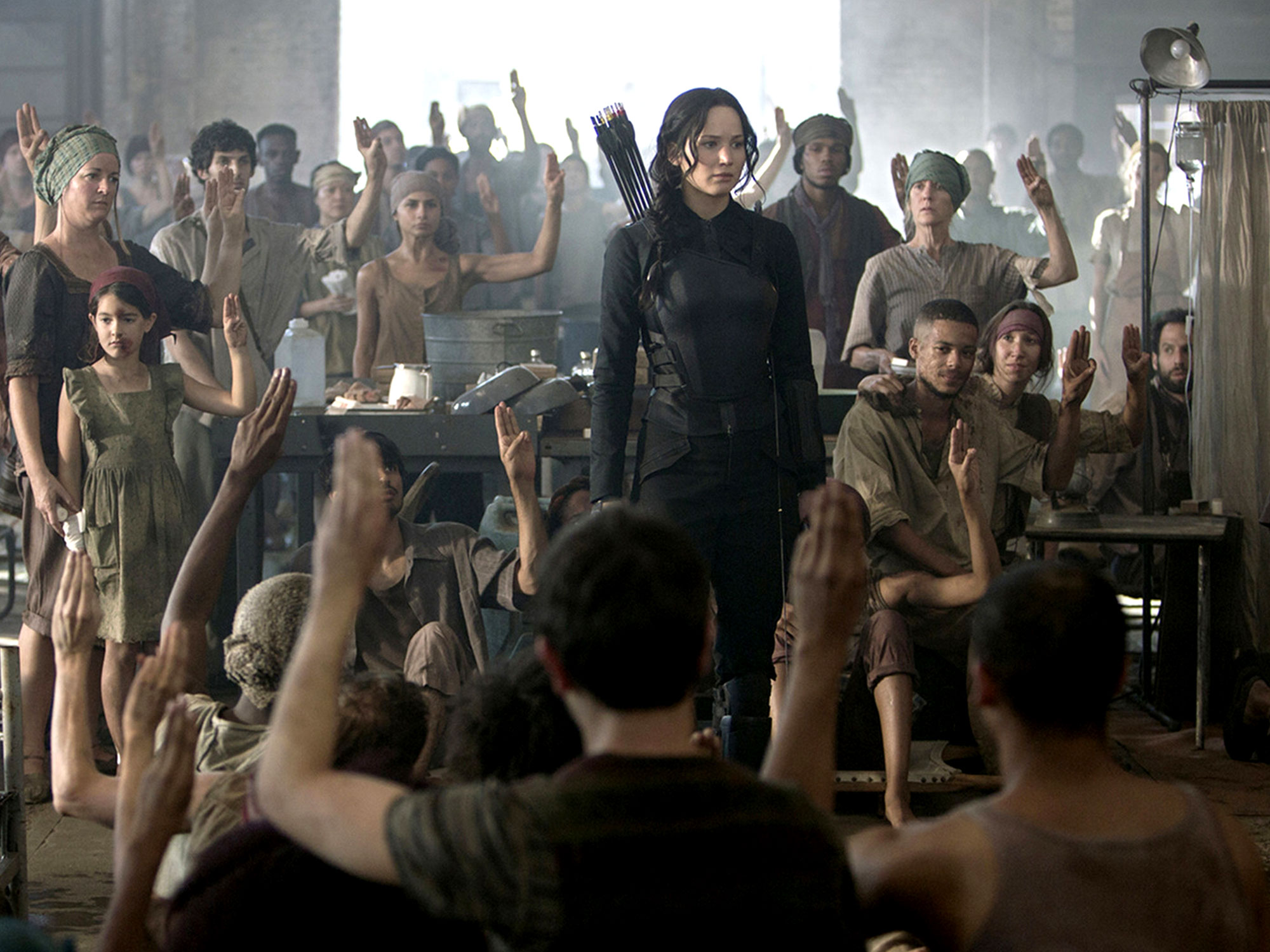
Heroes, heroines, and bold changemakers in dystopian novels are usually the protagonists and main characters in dystopian fiction. Characters like Katniss Everdeen in The Hunger Games and Jonas in The Giver inspire us with their ability to stand up for what they believe in. Luckily, 2020 hasn’t included any major wars as is typical in dystopian societies. In such stories, the protagonists, fearless in the face of physical threats and violence, almost always are called to fight in the name of justice. Although not all dystopian stories are happy endings, they often show us that change and progress are never easy.
Life Imitates Art…
Overall, these books have taught me to pursue change and challenge injustice and evil courageously. They helped me make sense of the rapidly changing and unpredictable world that I am a part of, and seeing how fictional characters cope with similar feelings helped me come to terms with my own.
Yet, I also wonder the extent to which our reality is mimicking those fictional worlds. How, for example, does the trope of the evil scientist or the rebel faction leader affect our perspective on reality? 2020 may never quite stop feeling like a dream. I’m almost positive that if I read a diary of my own experience this year a couple of years ago, I’d probably categorize it as dystopian.
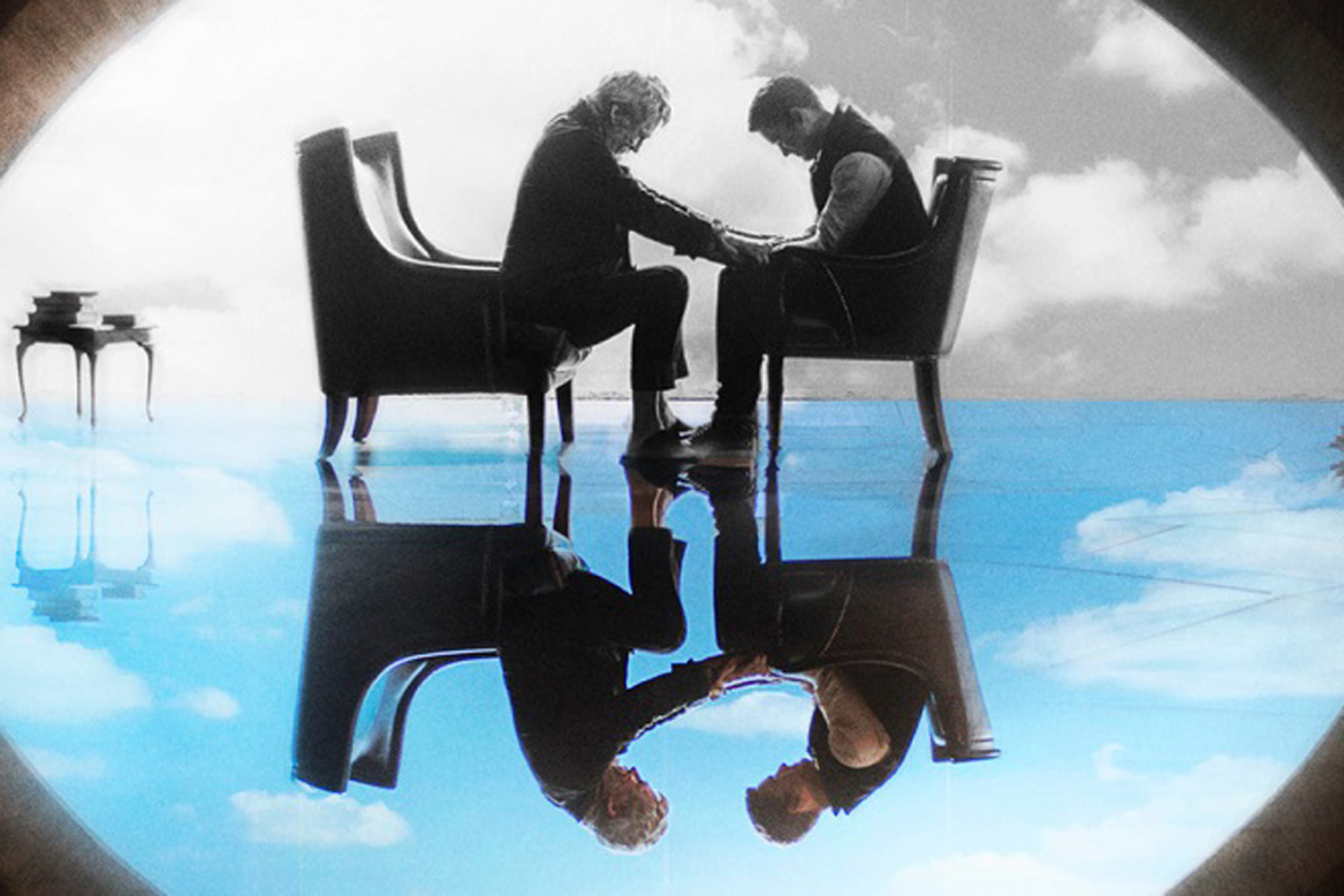
It’s important to remember, though, that dystopian stories are born out of an author’s imagination of the worst-case scenario, which is sometimes heightened with paranormal activity and dramatic plot twists. While these cautionary tales can be useful, we have to keep reality in perspective. As in the novels, fear, panic, and paranoia won’t serve us in this already so difficult time.
Even though aspects of dystopian literature might resemble reality right now, those books are still works of fiction and fantasy, with good guys, bad guys, and a few middle people who might die off in the second book. Our reality is so much messier than that. So, for worse or for better, dystopian novels showed me a thousand fictional universes before my own universe became unrecognizable and new.
